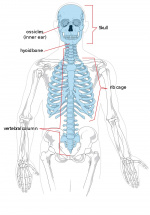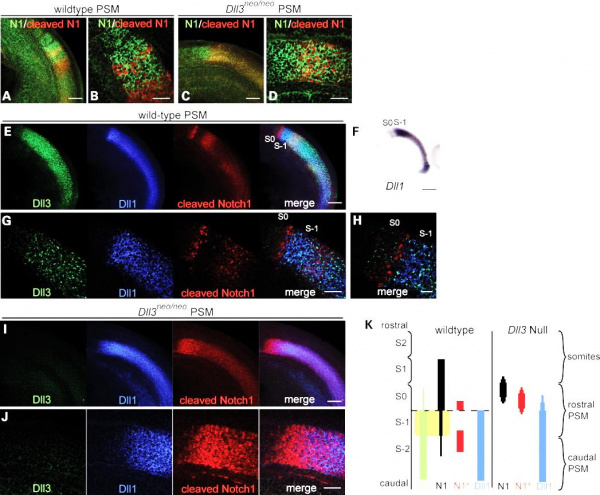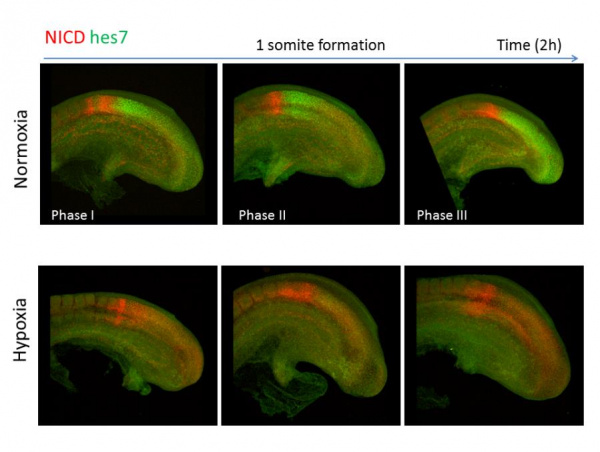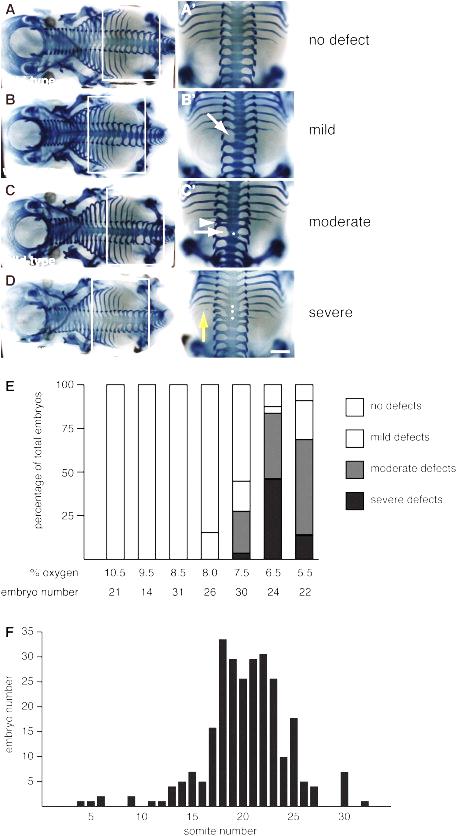ANAT2341 Lab 7: Difference between revisions
No edit summary |
mNo edit summary |
||
| Line 49: | Line 49: | ||
Links: [[Musculoskeletal_System_-_Axial_Skeleton_Development|Axial Skeleton Development]] | [[Somitogenesis Molecular Movie]] | |||
==3. Group Projects== | |||
===Student Capabilities=== | |||
By this stage in the project all group members should have the skills to be able to do the following: | |||
# Add sub-headings and text to the group project page and group discussion page/moodle group forum. | |||
# Add a reference citation to content added to the project page. | |||
# Understand the difference between "original research" and a "review" and how they should be used/cited. | |||
# Upload an image from a research article or other source renamed with a better description of what the image shows. | |||
# Include in the uploaded image summary box the following information: | |||
## A description of what the image shows and how it relates to the group project. | |||
## The reference citation. | |||
## The correct copyright information, showing that the image can be reused in the project. | |||
## The student template <nowiki>{{Student Image}}</nowiki> that explains the student source. | |||
If you are unable to do any of the above you should discuss this during this practical class. | |||
===Peer Review=== | |||
Note that after the mid-semester break all students will carry out a peer review process of the other Group projects. This will form part of your individual assessment mark. | |||
{{2017ANAT2341 footer}} | {{2017ANAT2341 footer}} | ||
Revision as of 11:03, 14 September 2017
1. QUIZ
2. Guest Lecturer - Hongjun Shi
Introduction
The defining feature of vertebrates is the vertebral column which is composed of a series of structurally similar bone units – vertebrae along the body axis. The segmental pattern of the vertebral column is established during early embryo development when the somites are rhythmically produced from the paraxial mesoderm (Bailey and Dale, 2001). Somitogenesis requires the interaction of two components, referred to as the clock and wavefront (Aulehla and Pourquie, 2010; Pourquie, 2011). The wavefront (determination front) determines the future somite boundary and is created by opposing gradients of FGF and Wnt signaling (caudal-rostral) and retinoic acid signaling (rostral-caudal) in the presomitic mesoderm (PSM). At the same time, PSM cells express a number of genes in the FGF, Wnt and Notch signaling pathway in an oscillatory pattern (the clock), and bands of expression appear to move in a caudal-to-rostral direction. When the periodic signal reaches the determination front, a somite can form. Disruption of somitogenesis by genetic mutations results in vertebral defects. For example, in humans and mice, homozygous mutation of the DLL3, LFNG, MESP2, HES7 and RIPPLY2 (Pourquie, 2011) (McInerney-Leo et al., 2015) which are either components or downstream targets of Notch signalling leads to extensive vertebral malformation.
Figure 1: Deletion of Dll3 gene casues failure of Notch1 signalling to restrict to a thin stripe of cells. In stead a broad rostral domain of Notch1 signalling is observed (Chapman et al., 2011).
In addition to genetic mutations, environmental insults during embryo development may also interfere with somitogenesis. For example, hypoxia during pregnancy can inhibit FGF signaling in the PSM and cause segmentation defects in mice. Heterozygous mutation in the Notch signaling genes increase the susceptibility to segmentation defects when the mice are exposed to mild hypoxia (Sparrow et al., 2012).
Figure 2: Oscillatory pattern of Hes7 expression and Notch signaling in PSM under normal conditions. Under the hypoxic condition, Hes7 protein expression is lost and a broader expression domain of Notch signaling is observed in PSM.
Figure 3: Vertebral defects induced by hypoxia (Sparrow et al., 2012).
References
<pubmed>20182616</pubmed> <pubmed>21147753</pubmed> <pubmed>25343988</pubmed> <pubmed>21620133</pubmed> <pubmed>22484060</pubmed>
Links: Axial Skeleton Development | Somitogenesis Molecular Movie
3. Group Projects
Student Capabilities
By this stage in the project all group members should have the skills to be able to do the following:
- Add sub-headings and text to the group project page and group discussion page/moodle group forum.
- Add a reference citation to content added to the project page.
- Understand the difference between "original research" and a "review" and how they should be used/cited.
- Upload an image from a research article or other source renamed with a better description of what the image shows.
- Include in the uploaded image summary box the following information:
- A description of what the image shows and how it relates to the group project.
- The reference citation.
- The correct copyright information, showing that the image can be reused in the project.
- The student template {{Student Image}} that explains the student source.
If you are unable to do any of the above you should discuss this during this practical class.
Peer Review
Note that after the mid-semester break all students will carry out a peer review process of the other Group projects. This will form part of your individual assessment mark.




